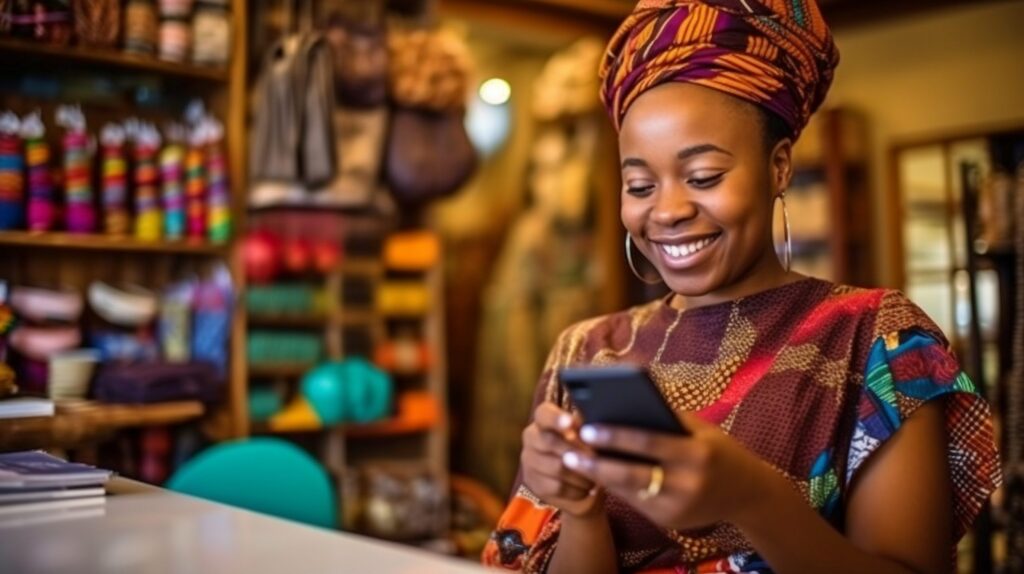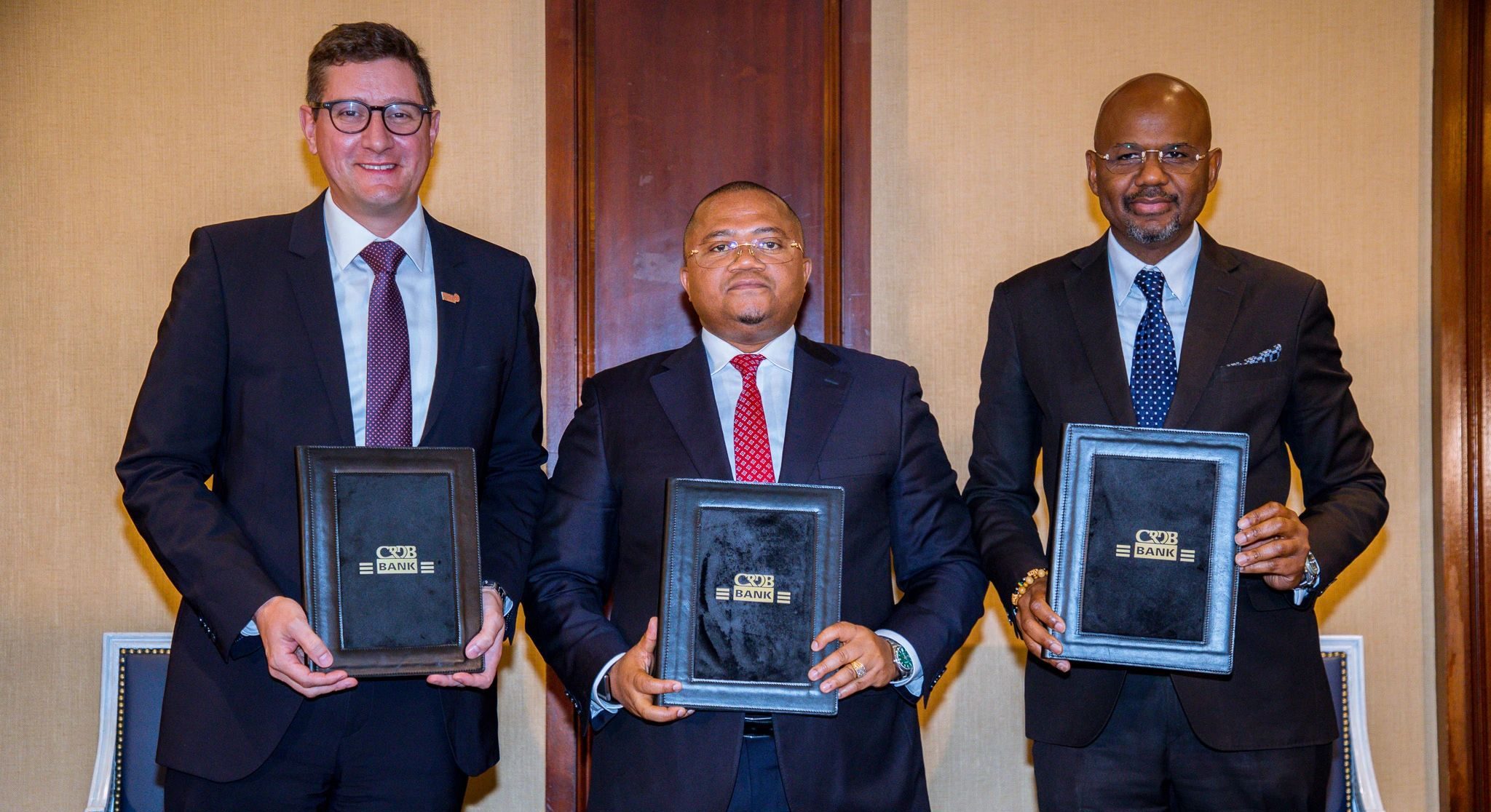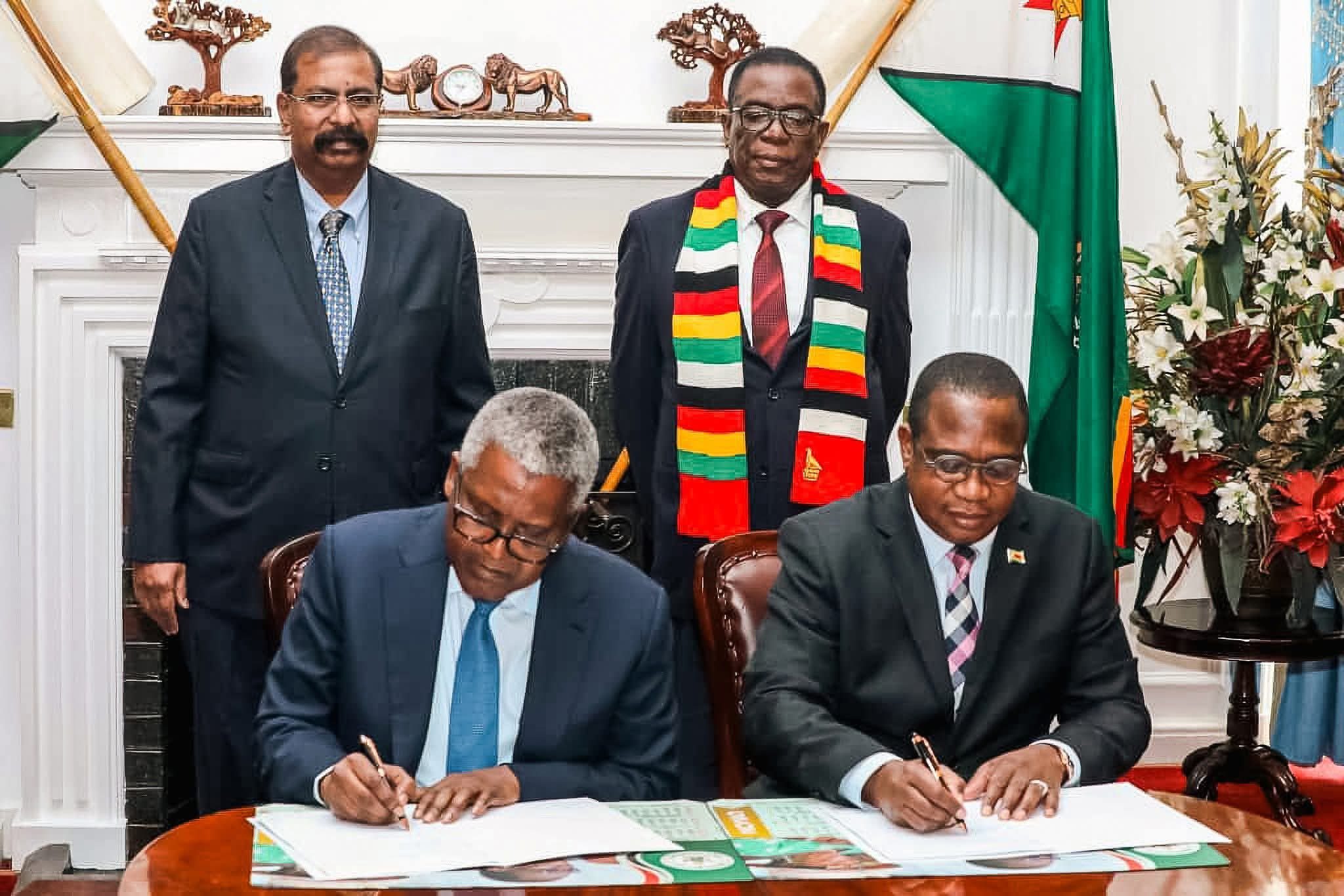
Monday 31st March 2025

Par inAfrika Reporter
Africa is experiencing a digital awakening. A new report commissioned by Mastercard and compiled by Genesis Analytics forecasts the continent’s digital payments economy to hit $1.5 trillion by 2030. The projection is not merely a number—it reflects an inflection point in how businesses and consumers interact with money, with technology acting as both the medium and the message.
This growth is grounded in two foundational pillars: rising internet penetration and expanding financial inclusion. According to the report, internet usage is projected to grow at a compound annual rate of 20 percent, while financial inclusion is expected to rise by 6 percent annually. Such figures point to more than just increased connectivity; they signal a cultural and commercial transition where digital tools become gateways to opportunity for millions previously left outside the financial system.
The optimism is palpable within Mastercard’s leadership. Dimitrios Dosis, President for Eastern Europe, Middle East, and Africa, highlighted Africa’s potential to influence the global economy in decades to come, while Mark Elliott, Division President for Africa, reiterated Mastercard’s intention to stay the course—investing in innovation, forging public-private partnerships, and doubling down on digital infrastructure. In their assessment, this isn’t about catching up with the rest of the world. It’s about leapfrogging traditional systems entirely.
Micro, small, and medium enterprises—often the pulse of African economies—are emerging as early beneficiaries of this wave. With over 50 percent contribution to the continent’s GDP, these businesses are tapping into digital solutions not only for transactions but also for credit access and new markets. Mastercard’s backing of initiatives such as the Mobilizing Access to the Digital Economy (MADE) Alliance aims to bring digital access to 100 million Africans, both individuals and businesses, over the next decade.
Beyond domestic transactions, cross-border payments are also undergoing reform. In a continent where remittances totaled an estimated $100 billion in 2023—about 6 percent of GDP—the emphasis on seamless and affordable transactions cannot be overstated. Mastercard’s partnerships with regional banks like Access Bank and Equity Bank in East Africa are creating channels that are not just faster but more secure and tailored to the financial realities of ordinary citizens. The logic is simple: ease of movement for money translates to more meaningful movement in goods, services, and opportunities.
Still, structural challenges remain. The cost of remitting money into Sub-Saharan Africa remains the highest globally, averaging around 8.37 percent—nearly triple the UN’s target of 3 percent by 2030. Such inefficiencies threaten to blunt the edge of otherwise promising reforms. What’s clear is that regulatory will, collaborative policy design, and continued private sector innovation will be essential to unlock the full potential of digital finance.


